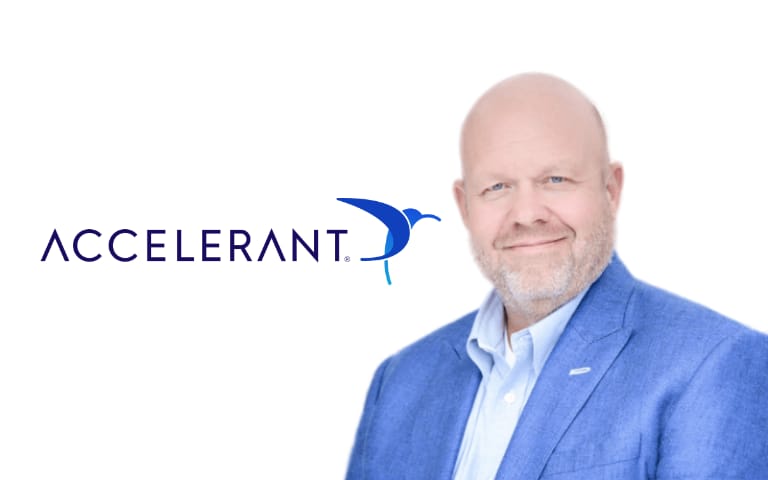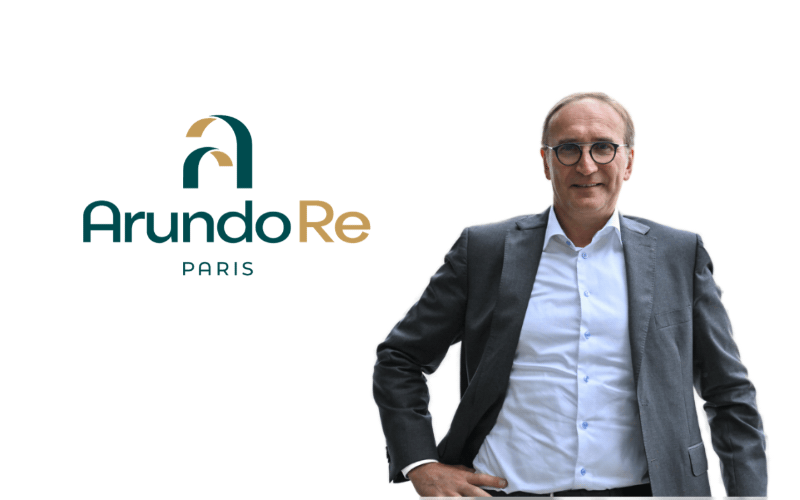This content is copyright to www.artemis.bm and should not appear anywhere else, or an infringement has occurred.
Investor appetite for insurance-linked securities (ILS) continues to grow, but the asset class must evolve structurally to sustain momentum, address friction points like trapped capital, and engage a broader investor base, according to Rudy D’Cunha, Global Head of Insurance Services at Apex Group.
 During a recent interview with Artemis, D’Cunha shared his perspective on how the market is maturing, where innovation is focused, and what it will take to unlock the next wave of capital.
During a recent interview with Artemis, D’Cunha shared his perspective on how the market is maturing, where innovation is focused, and what it will take to unlock the next wave of capital.
“What ILS has done extremely well is the marriage of capital markets and insurance risk,” says D’Cunha, who has observed a healthy uptick in ILS growth and investor diversification over the past three years.
“The ILS market has seen healthy growth over the past three years, gaining more investor attention and capital inflows. There’s a mix of traditional investors who remain committed and optimistic, and new entrants, particularly family offices, attracted by the diversification benefits. Despite earlier volatility, the market has proven resilient, offering solid returns and presenting an attractive alternative in today’s uncertain macroeconomic climate.”
As capital flows broaden, so too does the appetite for more customised investment vehicles.
According to D’Cunha, structures like sidecars, quota shares, and managed accounts are gaining relevance as institutional investors seek greater control and alignment with their risk preferences.
“Yes, all of these structures continue to be relevant and are actively used. Traditional structures like funds and sidecars remain the standard and reliable mechanisms for capital deployment. However, managed accounts are seeing increased interest, particularly from larger investors seeking bespoke portfolios and more control over exposures.
“There is also a growing curiosity around digital assets as a potential capital source, though this remains largely untapped. While digital asset-backed structures haven’t yet gained meaningful traction in ILS, many industry participants are monitoring developments closely, recognizing that as use cases mature, this could represent a significant pool of alternative capital.”
D’Cunha also notes that the expansion of the asset class beyond property catastrophe risk is a key trend, with areas such as casualty, cyber, life, MGAs, parametric covers, and Lloyd’s syndicates gaining traction
“In addition to new sources of capital there are additional exposure segments being added to the existing Property Cat offerings namely Casualty, Cyber, MGAs, Life, Parametric, Lloyds Syndicates etc. all gaining substantial interest in recent years,” he explained.
“Innovation in capital structures is currently focused on extending and adapting these established models to meet the needs of a broader and more diverse investor base. Rather than reinventing the wheel, the market is working to refine and scale tried-and-tested formats to improve access, customization, and efficiency,” D’Cunha continued.
“Ultimately, the flexibility of these structures, particularly managed accounts, offers investors the ability to allocate capital in a way that aligns more closely with their individual risk appetite and strategic objectives, which is critical in today’s market environment.”
When asked what structural changes are needed to help make ILS capital more efficient, particularly in regards to trapped capital, D’Cunha stated: “Trapped capital remains a persistent issue in ILS. While some solutions are being explored like multi year contracts, accelerated contract commutations, fronting, etc. completely eliminating trapped capital is unlikely due to the fundamental nature of reinsurance contracts.
“The key is to better manage the timing of loss evaluations and payouts without altering core contract mechanics.”
To unlock more consistent capital inflows, D’Cunha stresses the need for education, transparency, and risk management.
“Greater awareness and education are essential, especially among younger investors as well as intermediaries who might overlook ILS in favour of flashier assets like crypto. Diversification should be a key component for portfolios and ILS as an asset class can offer just that. Industry events help, but more proactive outreach and transparency are needed,” D’Cunha said.
“As a service provider, at Apex we continue to significantly invest in newer technology to provide our clients and their clients greater transparency and efficiency. Risk management is also crucial; protecting downside risk, even at the expense of some returns, will build trust and encourage long-term investment,” he further explained.
New tools like blockchain-based smart contracts and tokenization may also play a role.
“Using blockchain for smart contracts, thoughtful ESG and impact investing alignment, and allowing for fractional ownership via tokenization can also be a step in the right direction,” D’Cunha added.
Lastly, D’Cunha explains how he see’s ILS managers adapting to a more complex landscape through data, infrastructure, and collaboration, especially in global ILS hubs.
“Managers are becoming more sophisticated, with better data and tools for risk modelling and capital deployment. Larger, established managers benefit from scale and infrastructure, while emerging managers need support, often provided by ecosystems like Bermuda, Cayman Islands and Luxembourg.
“Newer managers are trying to compete with larger managers, they have to understand that they’re competing with people who have years of operational history, infrastructure, and technology. One of the things Bermuda has been really good at is supporting a lot of the new managers in that space, having the right professionals, a wide support group.”
“Established managers are often locked into how they’ve been doing things, while new entrants can spot gaps and move quickly. However, it really depends on the stage the manager is at, whether they’re new or traditional, but in both cases, the investment in time, infrastructure, and identifying market gaps is what really makes the difference,” D’Cunha concludes.
Read all of our interviews with ILS market and reinsurance sector professionals here.
Rather than reinventing the wheel, ILS must refine and scale: Apex’s D’Cunha was published by: www.Artemis.bm
Our catastrophe bond deal directory
Sign up for our free weekly email newsletter here.
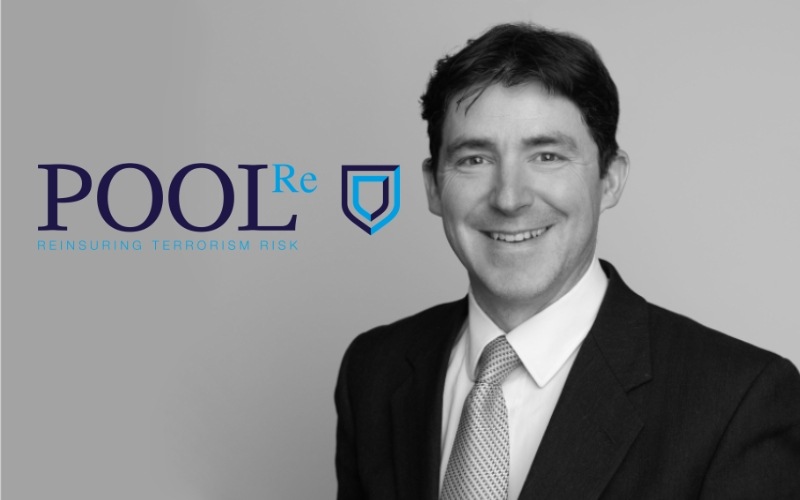 Regular readers will recall that Pool Re returned to the catastrophe bond market earlier this year with Baltic III, securing £100 million (around US$130 million) of capital markets support for terrorism risk.
Regular readers will recall that Pool Re returned to the catastrophe bond market earlier this year with Baltic III, securing £100 million (around US$130 million) of capital markets support for terrorism risk.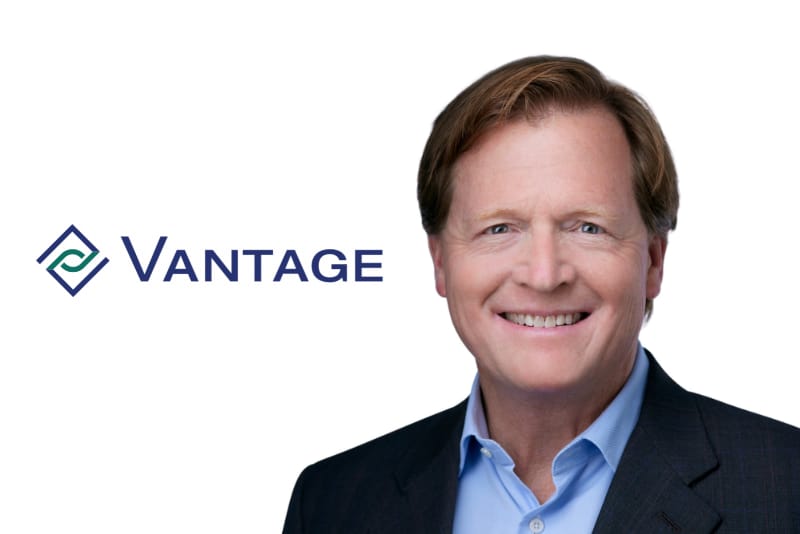 McKeown, who serves as Chief Executive, Reinsurance, ILS, and Innovation at the firm, discussed with Artemis where he sees the balance between collateralized reinsurance and other alternative capital structures shifting towards in the next few years.
McKeown, who serves as Chief Executive, Reinsurance, ILS, and Innovation at the firm, discussed with Artemis where he sees the balance between collateralized reinsurance and other alternative capital structures shifting towards in the next few years.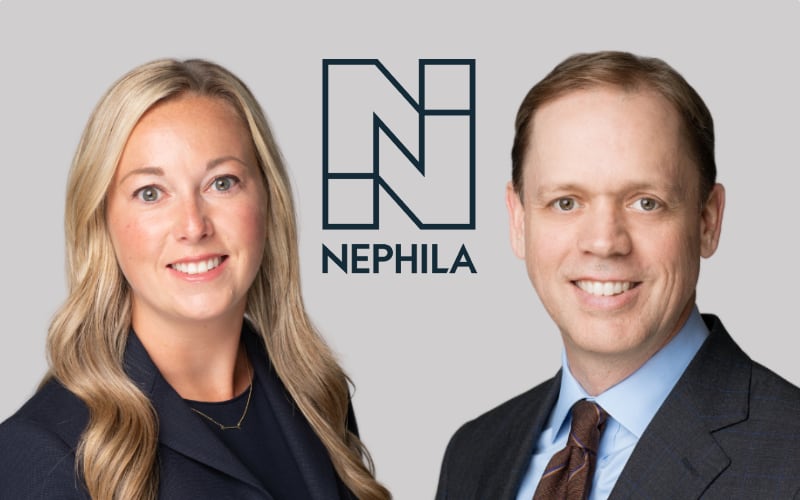
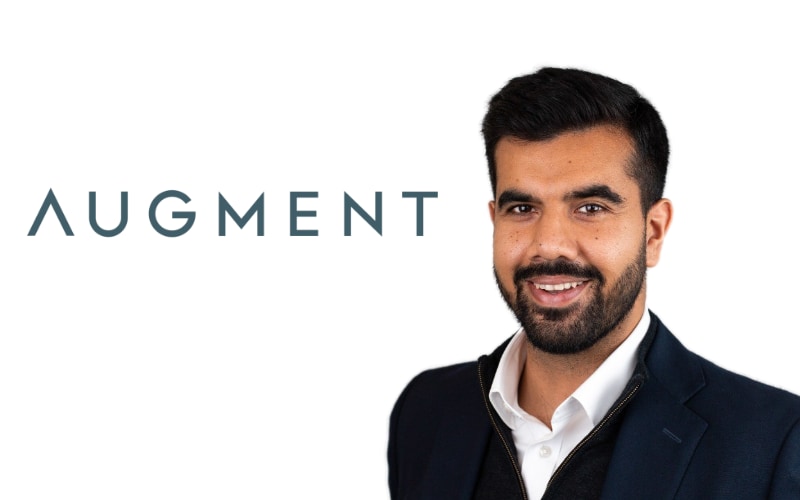
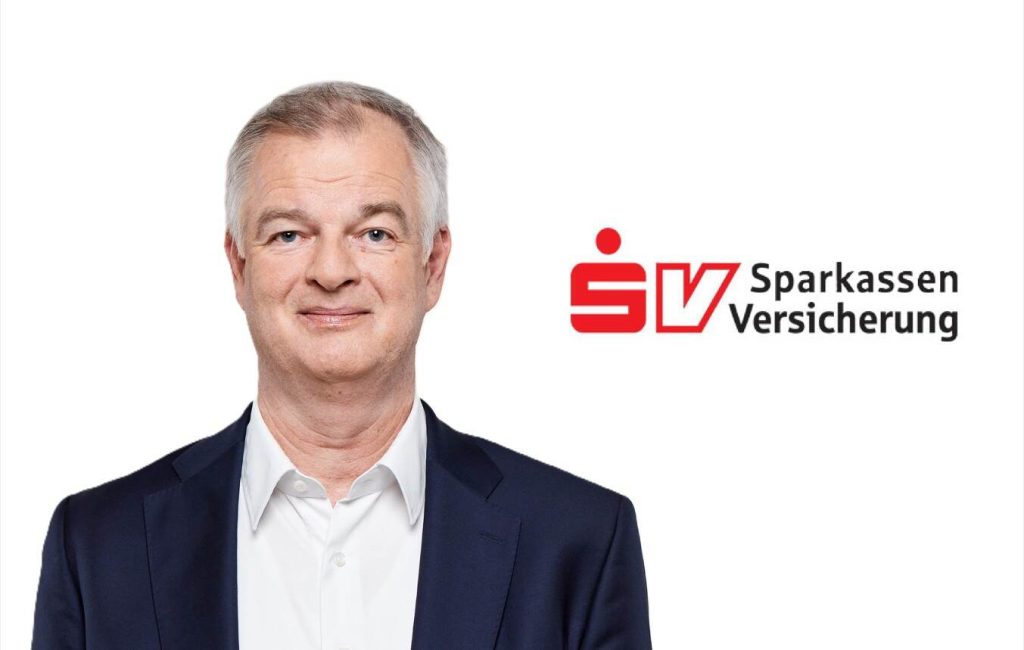
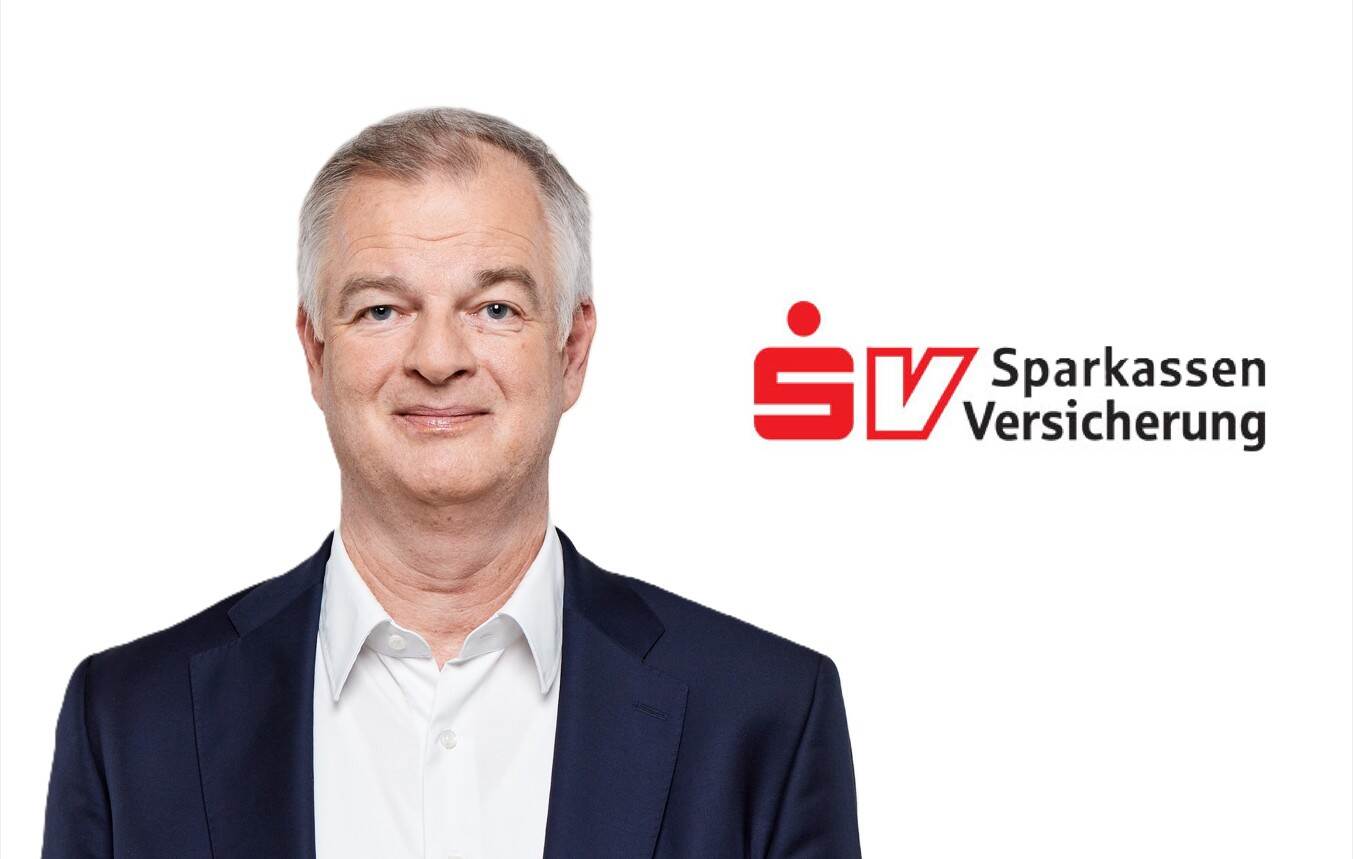 According to SV Chief Financial Officer (CFO) Roland Oppermann, the transaction not only overcame long-standing barriers for the regional German insurer but also paved the way for future capital markets engagement.
According to SV Chief Financial Officer (CFO) Roland Oppermann, the transaction not only overcame long-standing barriers for the regional German insurer but also paved the way for future capital markets engagement.
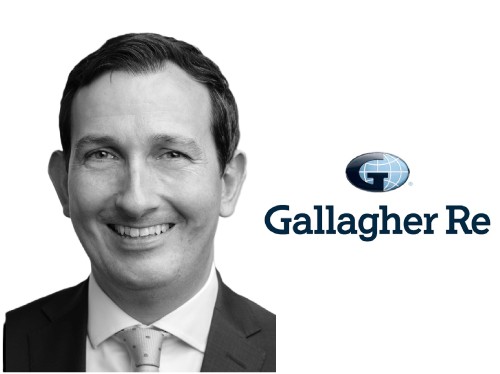
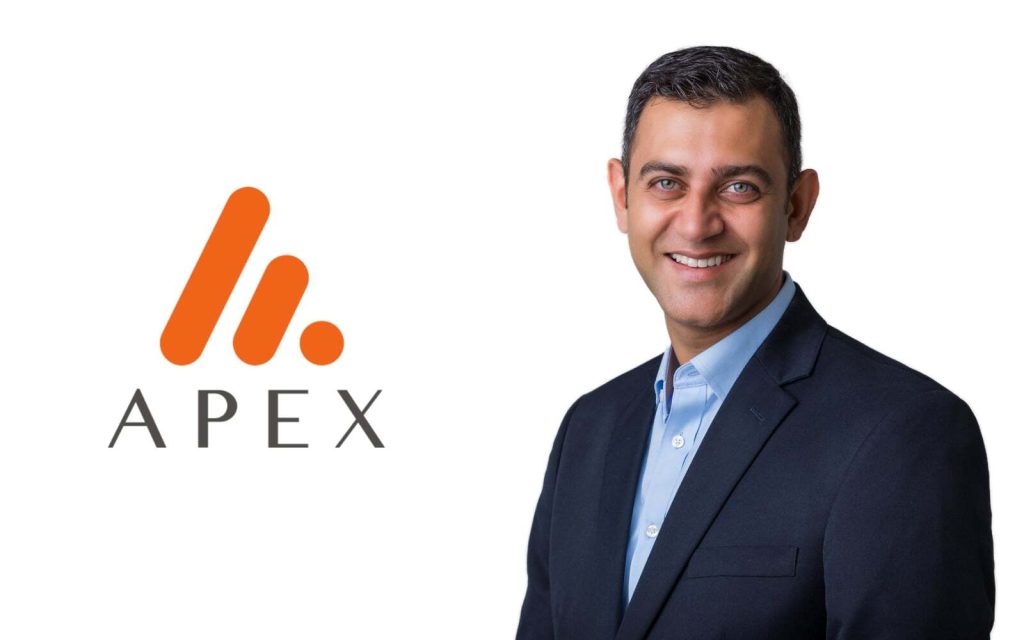
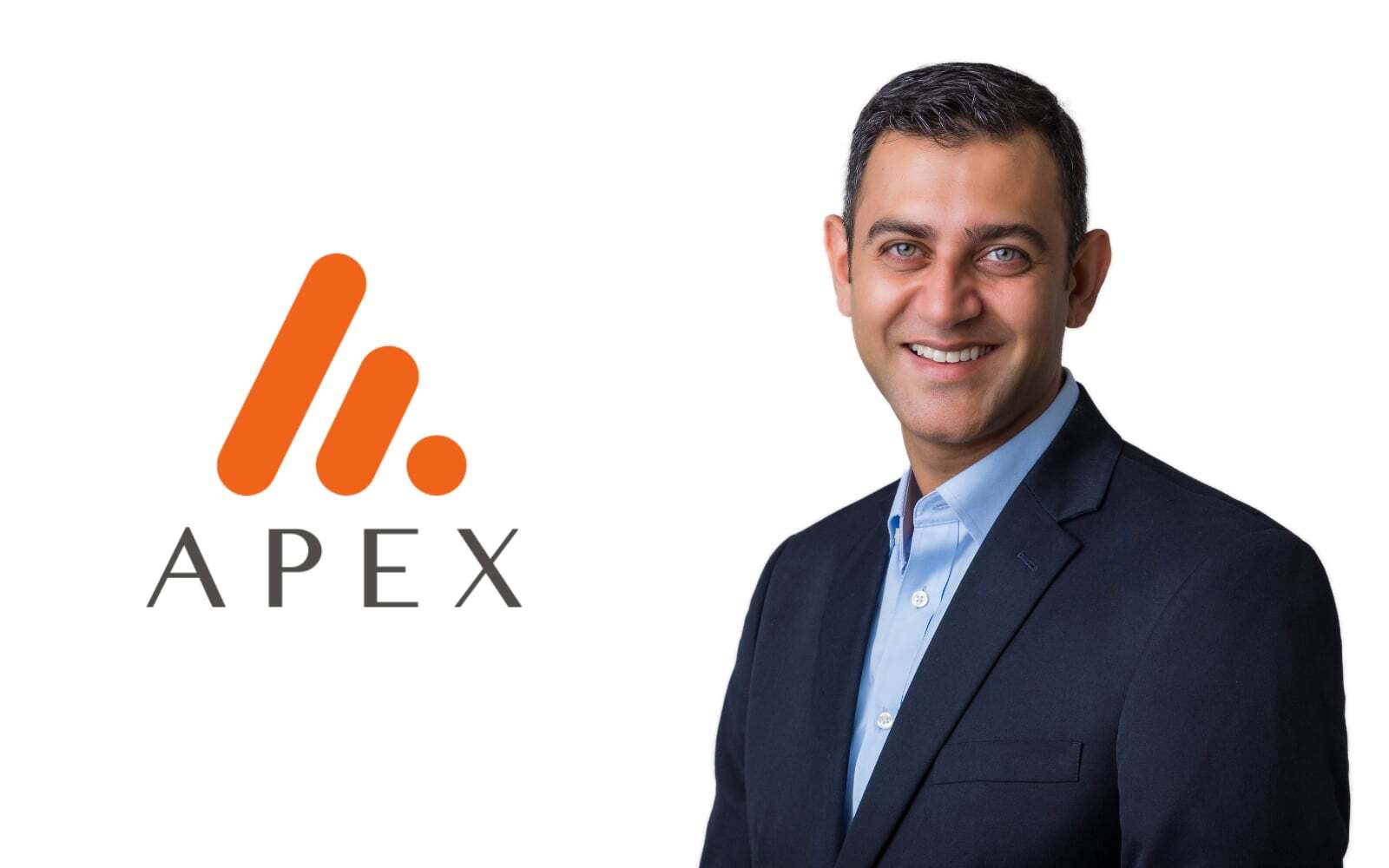 During a recent interview with Artemis, D’Cunha shared his perspective on how the market is maturing, where innovation is focused, and what it will take to unlock the next wave of capital.
During a recent interview with Artemis, D’Cunha shared his perspective on how the market is maturing, where innovation is focused, and what it will take to unlock the next wave of capital.